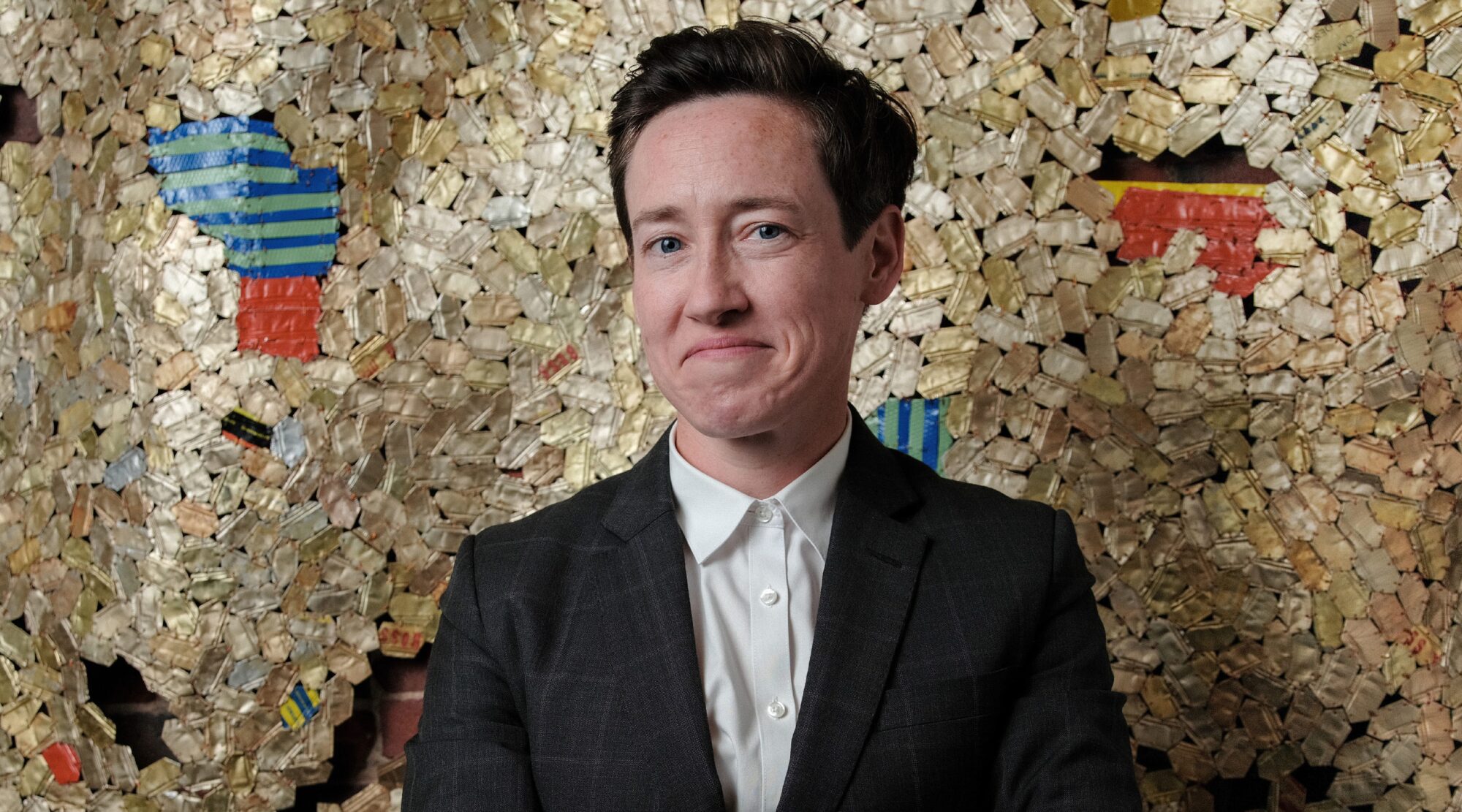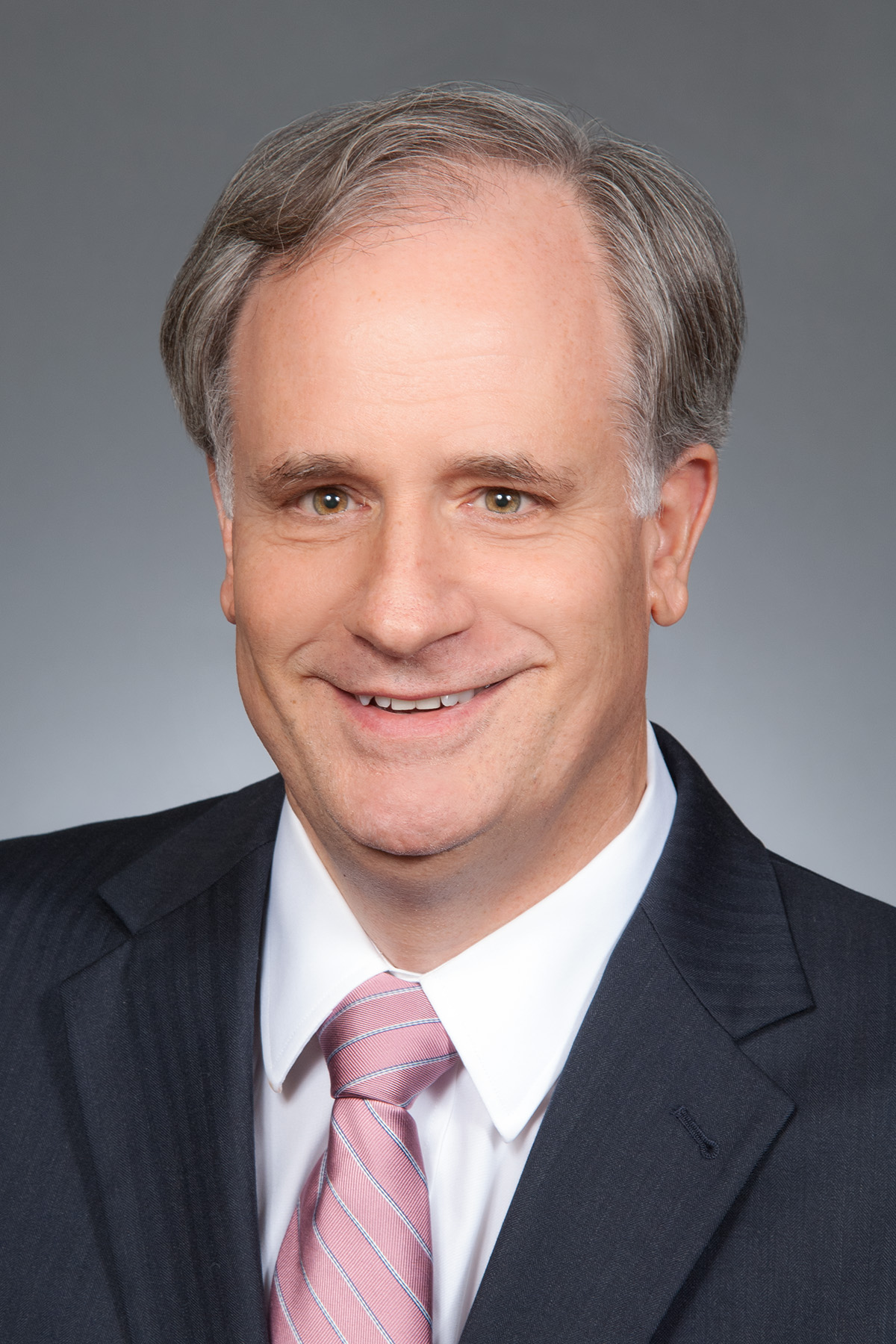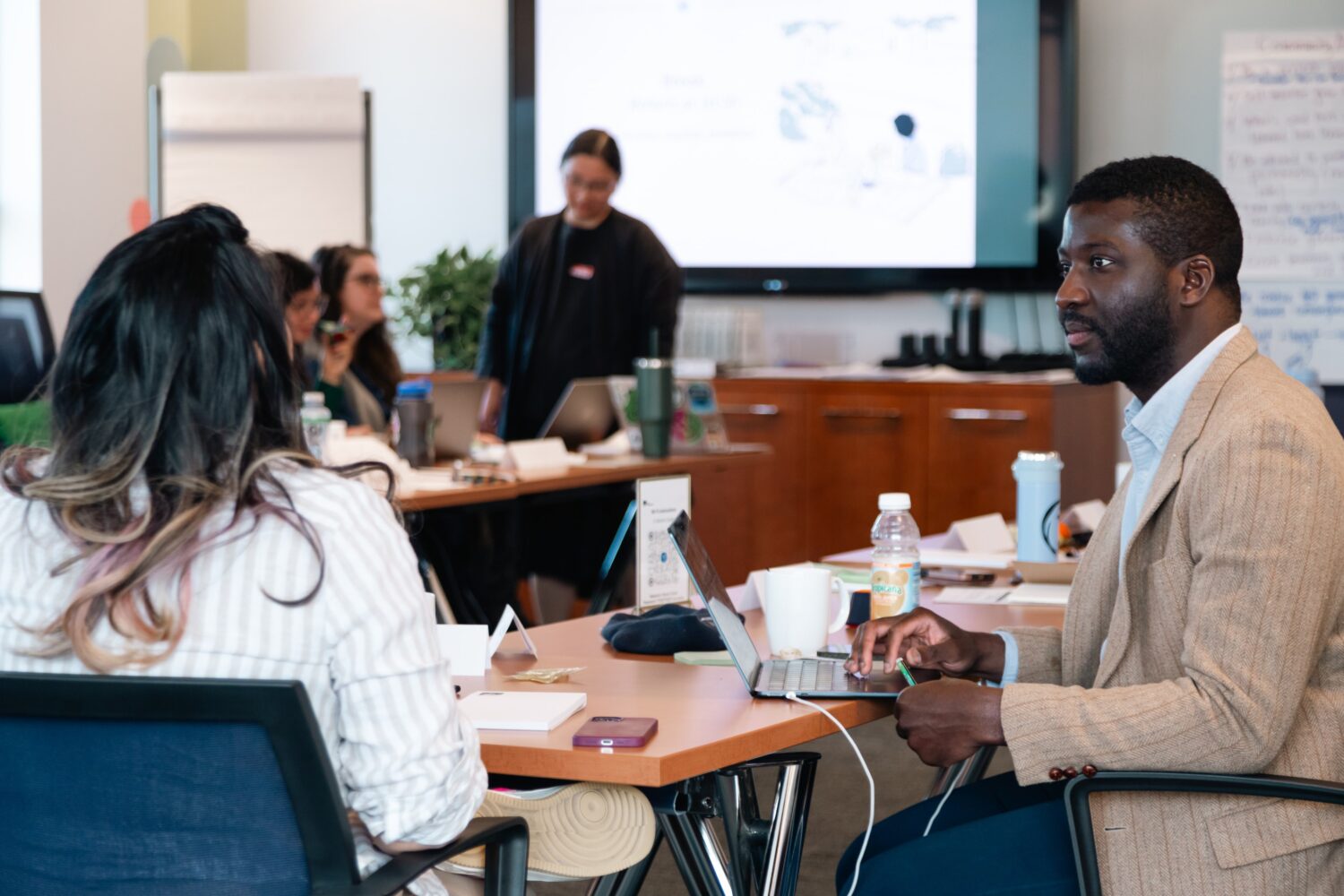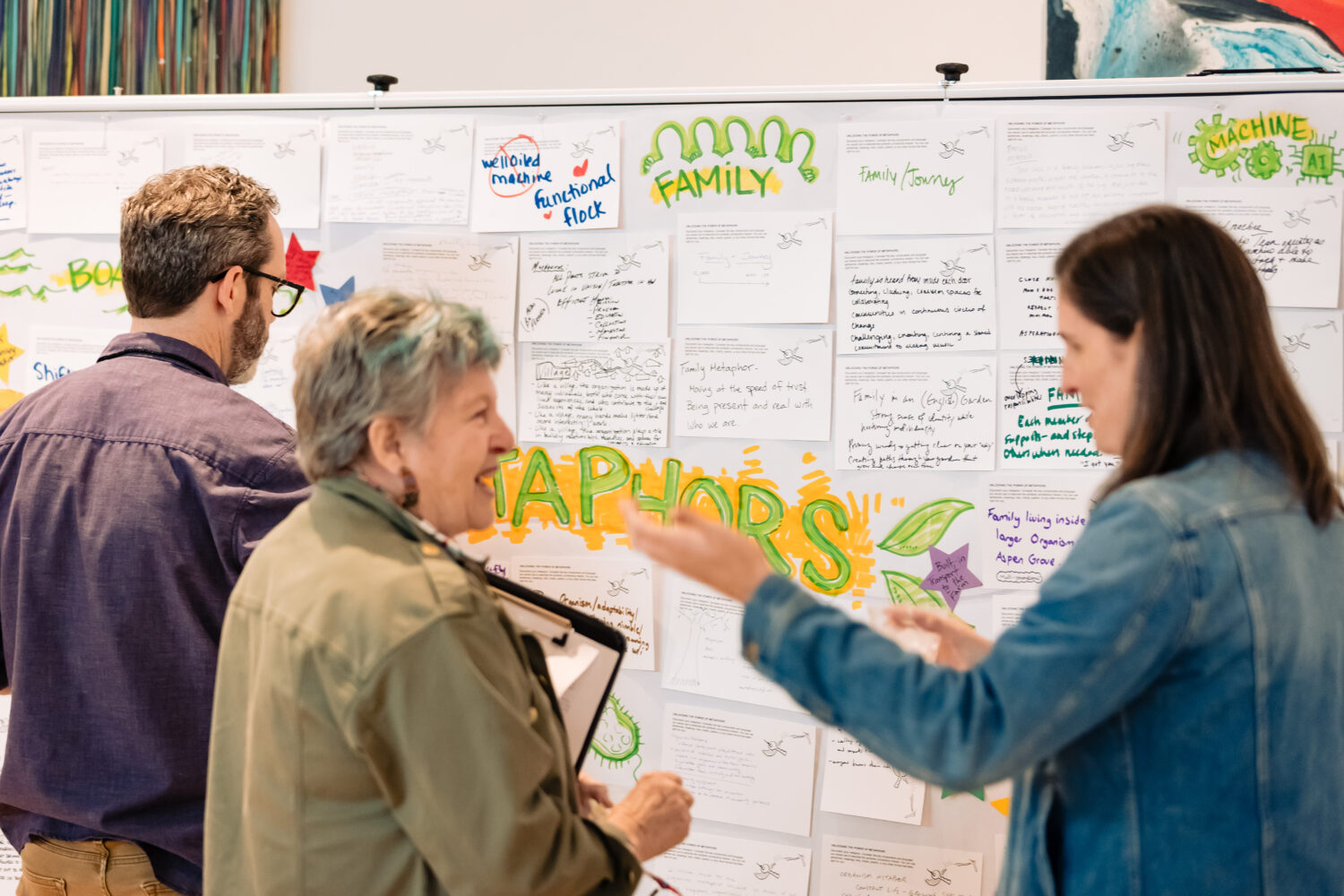One of the most inspiring things about the U.S. nonprofit sector is that it is fueled by generosity. While organized philanthropy is a major source of support for nonprofits, its contributions are a fraction of what’s provided by the enormous generosity of individuals. In fact, individual donations are the largest source of charitable giving, making up nearly 70% of total giving in the U.S. in 2021.
America’s generous individual giving culture has long been amplified by policy incentives, including the well-known federal charitable tax deduction. This policy allows those who make donations to nonprofits to deduct qualified contributions on their tax return, creating a classic win-win: nonprofits gain by raising funds through giving programs, and individuals gain by reducing their tax liability and advancing a mission they care about. But due to changes in tax law, far fewer people take advantage of the federal charitable deduction today than they did even a decade ago.
However, a new Massachusetts law aims to encourage more generosity. Starting this tax year, Massachusetts taxpayers can deduct charitable donations on their state tax returns. This deduction is universal, meaning it is available to all Massachusetts taxpayers, whether or not they itemize their federal deductions. It also applies to all nonprofit donations, even those to charitable organizations located outside of Massachusetts. The hope is that more Massachusetts residents will give—and give more generously—with the knowledge that their contributions are deductible on their state taxes.
Recently, I sat down with two Massachusetts nonprofit sector leaders to better understand the potential impacts of this new law for donors and nonprofits, and for advancing equity and democratizing the social sector. Here’s my conversation with Jim Klocke, CEO of Massachusetts Nonprofit Network (abbreviated to MNN and Barr grantee), and Yi-Chin Chen, Executive Director, Friends of the Children, Boston (and MNN Board member).
This interview has been condensed and edited for clarity.
Rory Neuner (RN): We’re here to talk about a very exciting topic: tax policy! For over a century, our tax system has encouraged Americans to give back to their communities by providing tax deductions for contributions to charitable organizations. Why is the charitable deduction so important to the nonprofit sector?
Jim Klocke (JK): The first thing I would say is that it provides both an incentive and a signal to increase giving. Many people want to give. But sometimes we need a nudge to do so—we’re all human! If there is an incentive associated with something, we’ll see more of it. That’s what the charitable deduction does.
Yi-Chin Chen (YC): Yes, Jim said it well. These incentives are also saying something important through policy. Think about the other incentives that tax policy creates – this legislation legitimizes charitable giving as something just as important as owning your home, pursuing higher education, and caring for your family, which are typically expenses that you can deduct on your return. By adding this to the list, it sends a message that charitable giving is something that folks should participate in.
RN: Here in Massachusetts, we have some good news in this regard, right?
JK: Very good news! Beginning January 1, 2023. Massachusetts now has a statewide, universal, charitable deduction. This is available to every Massachusetts taxpayer. That is, every Massachusetts taxpayer who makes a charitable contribution from now on can deduct that on their state income tax return. It’s great because it provides that support, that incentive, that signaling, and it’s also great because of its universality. The federal deduction is no longer available to most people. But the Massachusetts deduction is available to everyone.
RN: This is really great news. Can you put this in the context of where the sector is in terms of giving? How has individual giving been changing over time – especially since the changes to federal tax law in 2017?
JK: When the federal tax law was changed in in 2017, it raised the standard deduction, greatly reducing the pool of people who were able to itemize deductions. There were many people who had been donating and receiving a federal deduction—but since they’ve seen that deduction go away, they have been disincentivized from giving. That has reinforced a negative trend that we’ve been seeing for the last decade or so, which is that the number of donors to many areas of the nonprofit sector has been shrinking. Some people are writing bigger checks, so total dollars appear to be stable, but the total number of donors has been shrinking.
And not only is that a bad thing writ large, but it’s also been shrinking among low- and middle-income groups – people whose donations are so crucial to helping organizations grow and diversify their support base.
YC: Yes. On the organizational level, we certainly see that trend, and what is most alarming is that you see the gap widening. Now the wealthy give through venues like donor advised funds, where there are tax incentives right out front. But the smaller donors or the mid-size donors don’t have access to the same carrots.
These smaller donors are giving simply out of their generosity, and not getting any incentives. And because of inflation and economic pressures, these donors have really taken quite a hit. And we’re hopeful the new Massachusetts State Charitable Deduction is the start of a more positive trend from this point forward.
RN: You’ve painted a clear picture of how the deduction helps those who donate. What evidence do you see among our nonprofits about the importance of this new policy?
JK: Well, the fact is that individual donations are an important part of the revenue model for nearly all nonprofits. The first time we did a member survey a few years ago, we asked the question “what types of revenue do you rely on?”
We listed 4 or 5 options. One option was government funding, and 50% said they rely on that. Other options included earned income, corporate gifts, and foundation dollars. A lot of organizations rely on those –60 to 70% of those who took our survey. But the top choice – 80 to 90% of respondents – reported that they rely on individual donations.
We often overlook how important the individual donor pool is to nonprofits. Anything that can encourage, strengthen, and diversify this pool is something that’s going to benefit nearly every nonprofit out there.
RN: You’ve painted a clear picture of how the deduction helps those who donate. Yi-Chin, how does this impact nonprofit organizations like yours?
YC: Friends of the Children – Boston is an organization that makes a twelve-and-a-half year commitment for every child that we select for our program, and that means that we have to rely on a diverse pool of revenue sources, including individuals of all giving levels. In fact, 90 percent of our individual donors will be beneficiaries of this new policy change, and I’m just absolutely thrilled they have access to this.
While I do firmly believe that our donors would give anyway—because they see our mission as a vehicle to align their vision of the world—this policy has the potential to stimulate an increase in their giving. In turn, that means we have more ability to be able to carry out our mission.
I also think that the new deduction can be a tool to level the playing field and bring about equity in fundraising for organizations and leaders that don’t have the same access to resources and networks as some. For example, we know from numerous research and data that BIPOC-led organizations often don’t have access to the same donor resources and relationships as similar white-led organizations. I think this will allow organizations to build a different fundraising model—one that can lead to greater participation in giving from a broader community.
Third, and last – this is the part that I think it’s going to be really interesting – is how greater participation in giving from a broader community can create greater accountability for organizations. Organizations are guided by their stated missions; through donations and gift designations, donors support the delivery of those missions.If you don’t have a diverse pool of donors from all corners of your community, there’s a possibility that a selective few can unintentionally have too much influence on your organizational priorities through their giving. Building a broader donor base can help balance the scales.
RN: Let’s move up a level, from organizations to the nonprofit sector as a whole. Why is the nonprofit sector so important to Massachusetts?
JK: We have a large nonprofit sector in Massachusetts. 550,000 people work in the nonprofit sector. That’s a bigger employment base than Massachusetts manufacturing and financial services sectors combined. Making sure that those 550,000 people are working for financially stable organizations is critical to a vibrant state economy.
Yi-Chin Chen: Our nonprofit sector is the connective tissue of our society, where idealism is realized and innovated into social impact. The sector’s work helps make our humanity whole.
In many communities, particularly marginalized communities, the social sector and the people who work in it help create better conditions in critical moments. Systems and policies take their time to create a transformation that they need – nonprofits are there in moments of need, and in the longer-term.
RN: Let’s talk a little bit about the timing of this policy change, and some of the challenges that the sector has been facing the last couple of years.
YC: How long do we have for this?
[Laughter]
Seriously though—the social sector is never shy to step up. And everyone knows this story, but in the last couple of years, we’ve had some big events: a global pandemic, a racial reckoning. These events put a spotlight on how much more we have to do.
JK: The sector has been riding a demand roller coaster, an emotional roller coaster, and an overtaxed workforce roller coaster. There’s been a financial roller coaster too. Early in the pandemic there was a terrific wave of new financial support to meet these increased needs. Philanthropy stepped up in a big, strong way right at the start, and that was great. The government stepped up with added funding, and a lot of those federal Paycheck Protection Program loans (PPP) turned out to be lifesavers for nonprofits.
We’re a few years in now, and so the PPP loans are done. Some of that increased funding has continued, but many nonprofits are now financially strapped. Inflation affects the sector. Economic uncertainty affects the sector. The financial picture is still uneven. We hope that collectively, we can continue to make it possible to meet the needs that are out there. We also need to support the sector’s workforce, which was taxed, which did innovate, which was resilient – but which still needs our support.
YC: Coming through this pandemic, for the first time ever, I’m beginning to hear more conversations about new things that we really need to pay attention to. It’s really music to our ears that folks finally realize that equity matters. That mental health matters. There is a light at the end of the tunnel. And I think supportive public policy like this can make a difference in realizing our potential.
RN: Who should know about this new policy? And what’s your advice to nonprofit leaders for getting the word out?
JK: We see three primary audiences. First and foremost: donors at all levels. Most people don’t know about this yet, so the more who know about it, the more we can broaden nonprofits’ financial support.
The second, of course, is people who lead nonprofits. We want them to use this as a tool to encourage donations. The third is their colleagues who lead fundraising or development efforts in the nonprofit sector. I think people in the development business know the federal charitable deduction very well. It’s a terrific incentive, and development professionals point to it to encourage giving. We want people to do the same thing with the state deduction.
YC: As an organizational leader, I’m speaking about this to my colleagues to really think about and take advantage of this. This is an opportunity for organizational leaders to go back to the fundraising playbook to say “who else can we really bring in? What other communities have we never thought of that should be a part of supporting our mission?”
This is something we can take seriously as an opportunity to rethink fundraising approaches. I represent a community-based organization, and I love building that ground up support. And I think this new policy has the potential to be able to shift more organizations in that direction.
JK: One other thing we like about this policy is that if you’re trying to build support for your organization, any mechanism that begins to get people connected is a plus. Frequently, people begin to engage with your organization in one way, and then down the road they do more.
Maybe somebody begins with a donation. And that’s their introduction, and they learn more about your organization, and then they become a volunteer, and then they become a board member. The state charitable deduction opens the door to encouraging much more engagement, not just financial support.
RN: I thought we were just going to talk about taxes, but you have each shown how this policy has a much bigger impact. As our partners in the nonprofit sector think about how to take advantage of this new policy, where can they go for more information?
JK: At MNN, we’re getting the word out and providing direct support to nonprofits. We began in January when the deduction became available, and we’ll be doing it throughout the year. We anticipate that this will become especially important in the Fall, as everyone gears up for year-end giving campaigns.
We’ll work to spread the message throughout the year, because the state deduction is universal, and is usable by any nonprofit. There’s really no limit to the number of nonprofits or the number of people across the State whom we’d like to get this message out to.
We’d love to partner with people in the development and fundraising business. So if you’re in that line of work, and there are ways that we can be helpful to you, if there’s information we can provide you, please let us know. We’ve already crafted sample language for nonprofits to put in their donor letters. We can connect you with experts that will help you make the most of this of this new opportunity.
Learn more and find tools to help spread the word via the button below:






